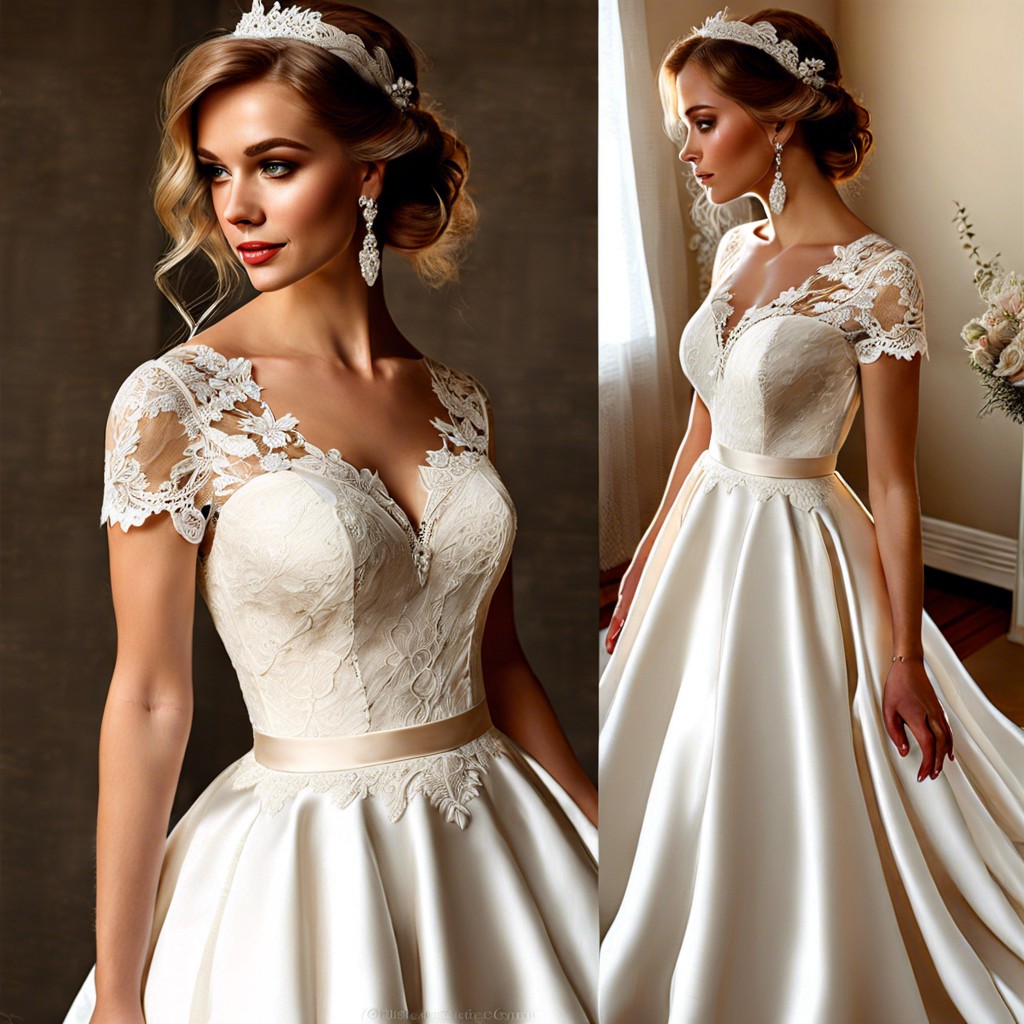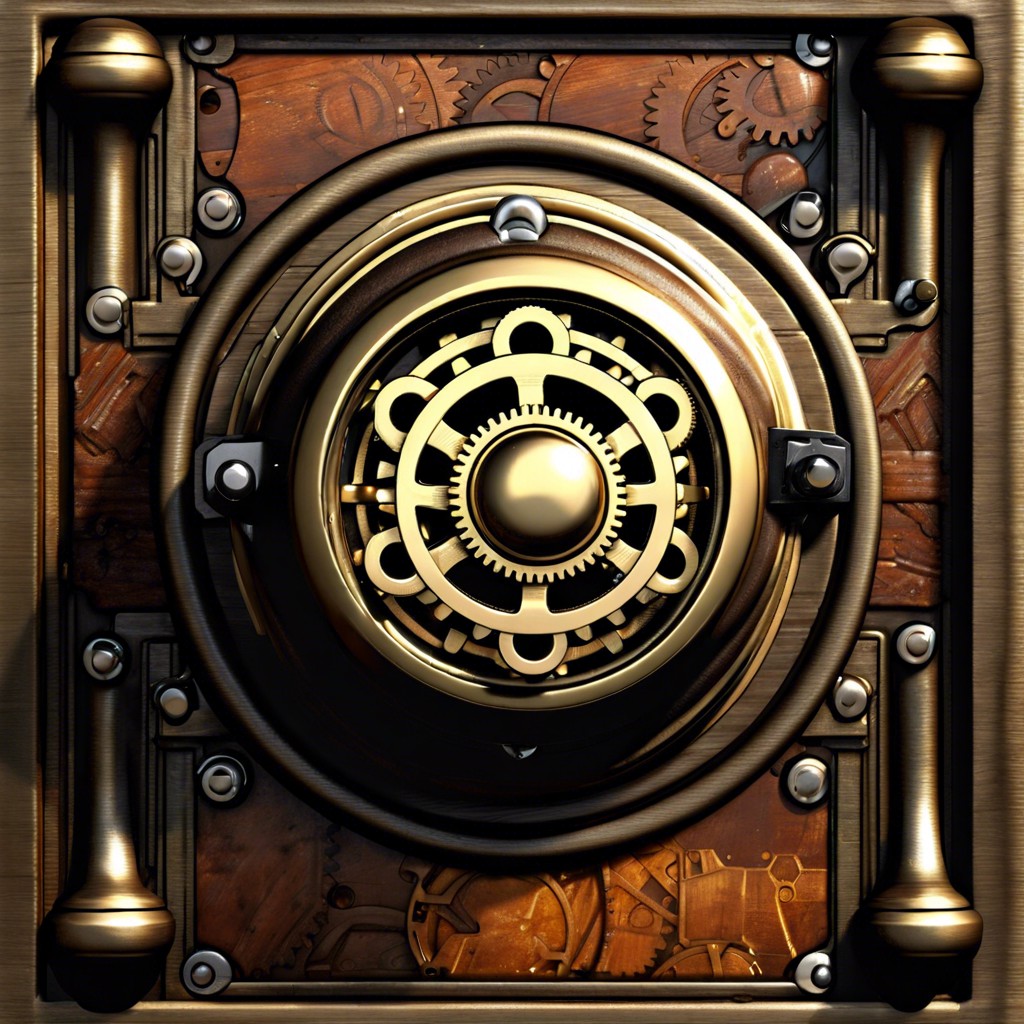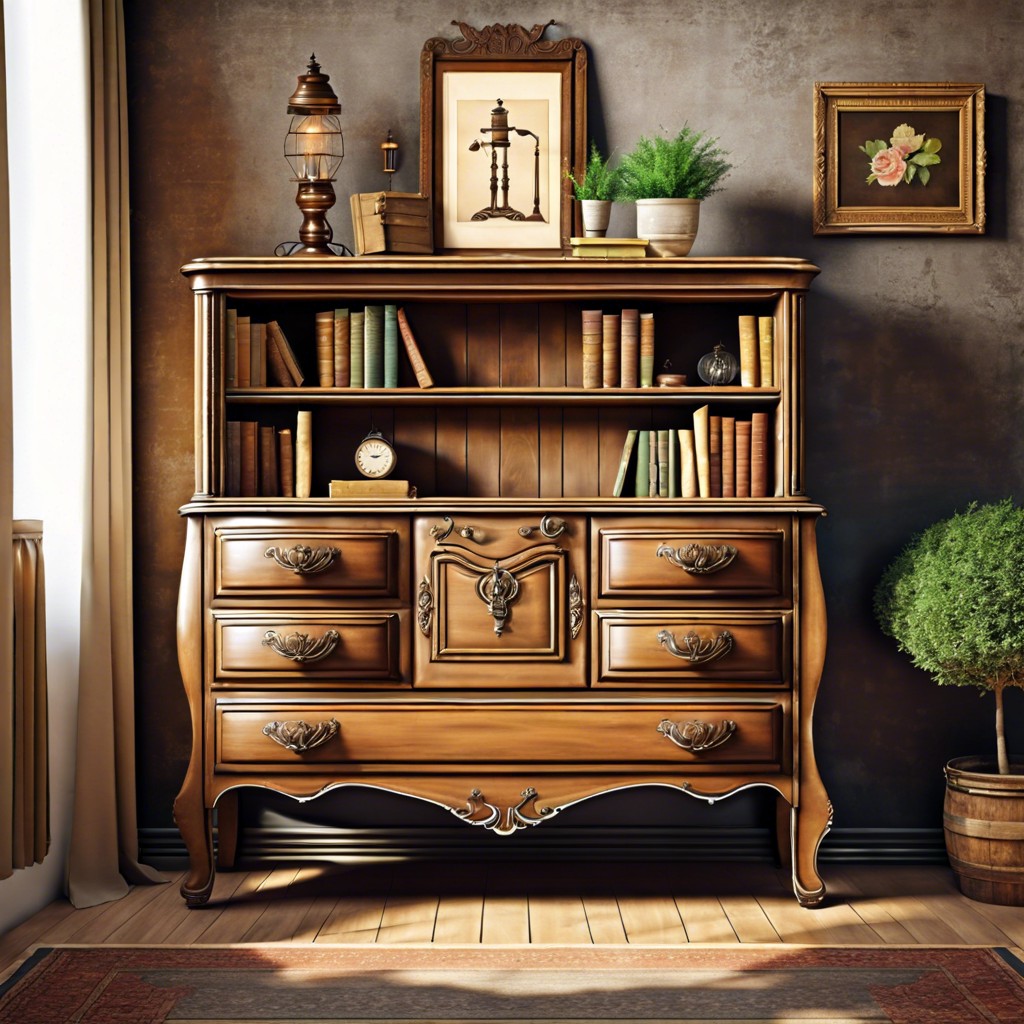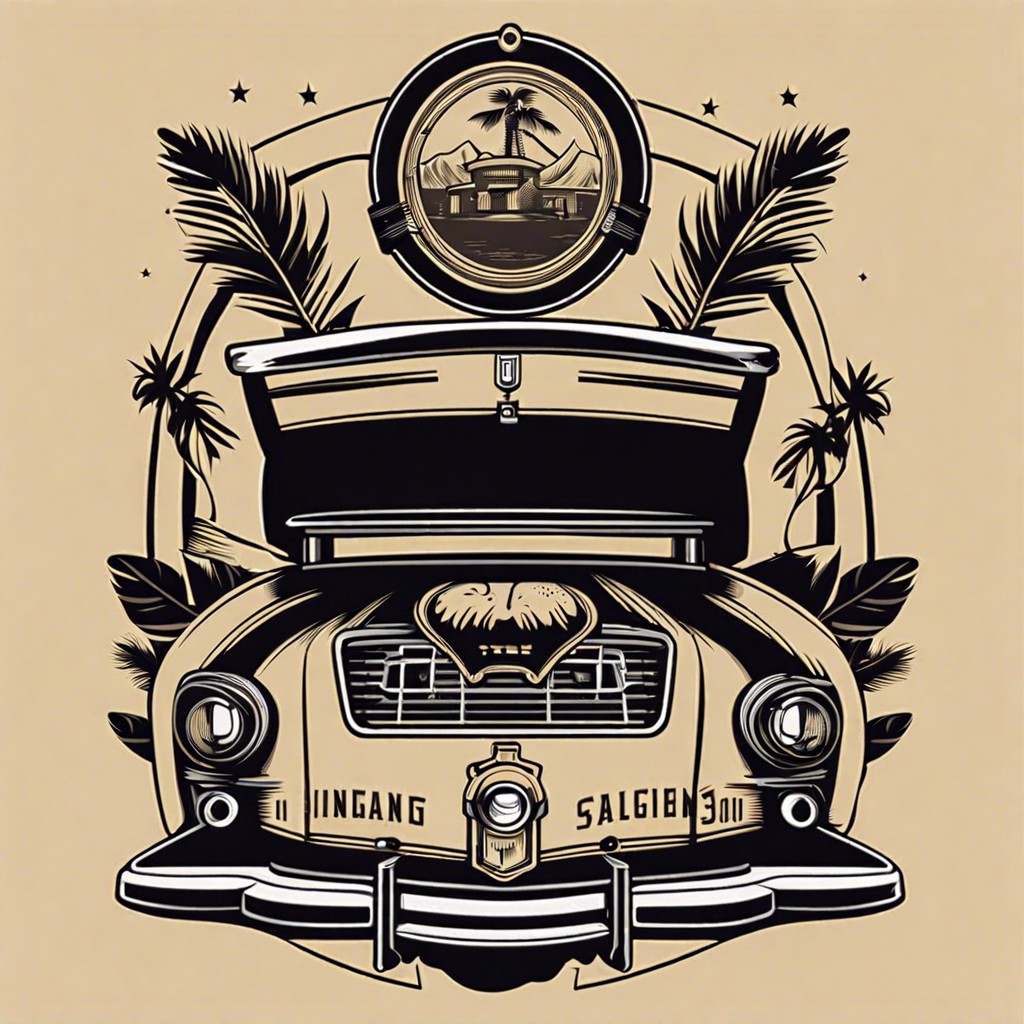Last updated on
Discover the charm and history of vintage Christmas decorations and how they reflect the festive traditions of the past.
Key takeaways:
- Vintage Christmas decorations reflect societal and cultural trends.
- Distinguishing features of vintage decorations from 1940-1967 include glass ornaments, bottle brush trees, and aluminum Christmas trees.
- Proper maintenance and preservation of vintage Christmas items is crucial.
- Factors to consider when assessing the value of vintage ornaments include rarity, condition, authenticity, age, desirability, market trends, and provenance.
- Strategies for finding and collecting vintage Christmas decor include attending estate sales, exploring thrift stores and antique shops, joining online forums, visiting flea markets and garage sales, and subscribing to online auction platforms.
Historical Significance of Vintage Christmas Decorations
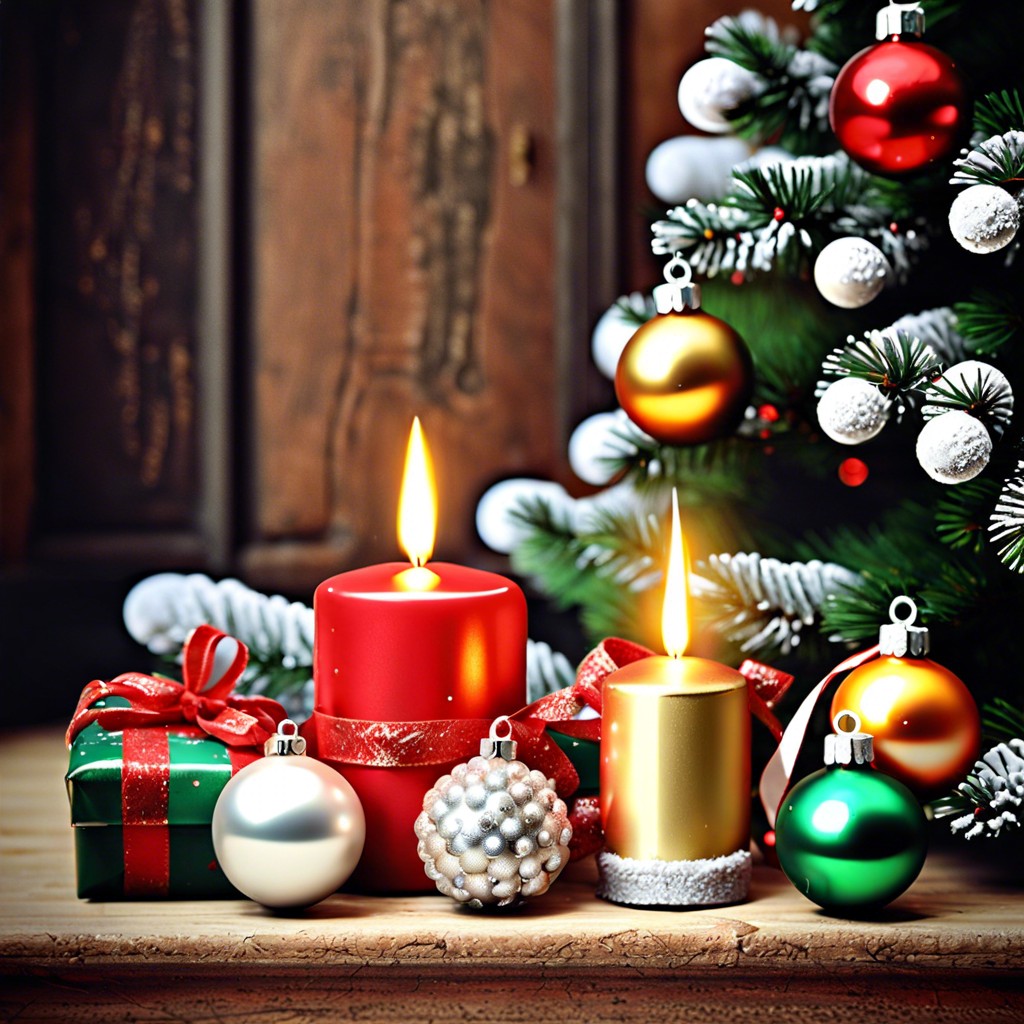
Vintage Christmas decorations often reflect the societal and cultural trends of their time, providing a window into the past. Post-World War II era pieces, for example, show the joy and relief of the time through bright colors and whimsical designs. Aluminum Christmas trees and Shiny Brite ornaments gained popularity during the mid-20th century, representing the era’s fascination with modernity and new materials.
During the 1950s, the Cold War’s tension was juxtaposed with the prosperity of the suburban lifestyle, influencing decorations to become an outlet for fantasy and escapism, seen in the playful renditions of Santa Claus and reindeers in American households.
Collectors and enthusiasts cherish these decorations not only for their nostalgic value but also for their ability to tell a story of changing times and traditions. Understanding the historical context behind these items can add depth to their appreciation and highlight the evolving nature of holiday celebrations.
Identifying Vintage Christmas Decorations From 1940 to 1967
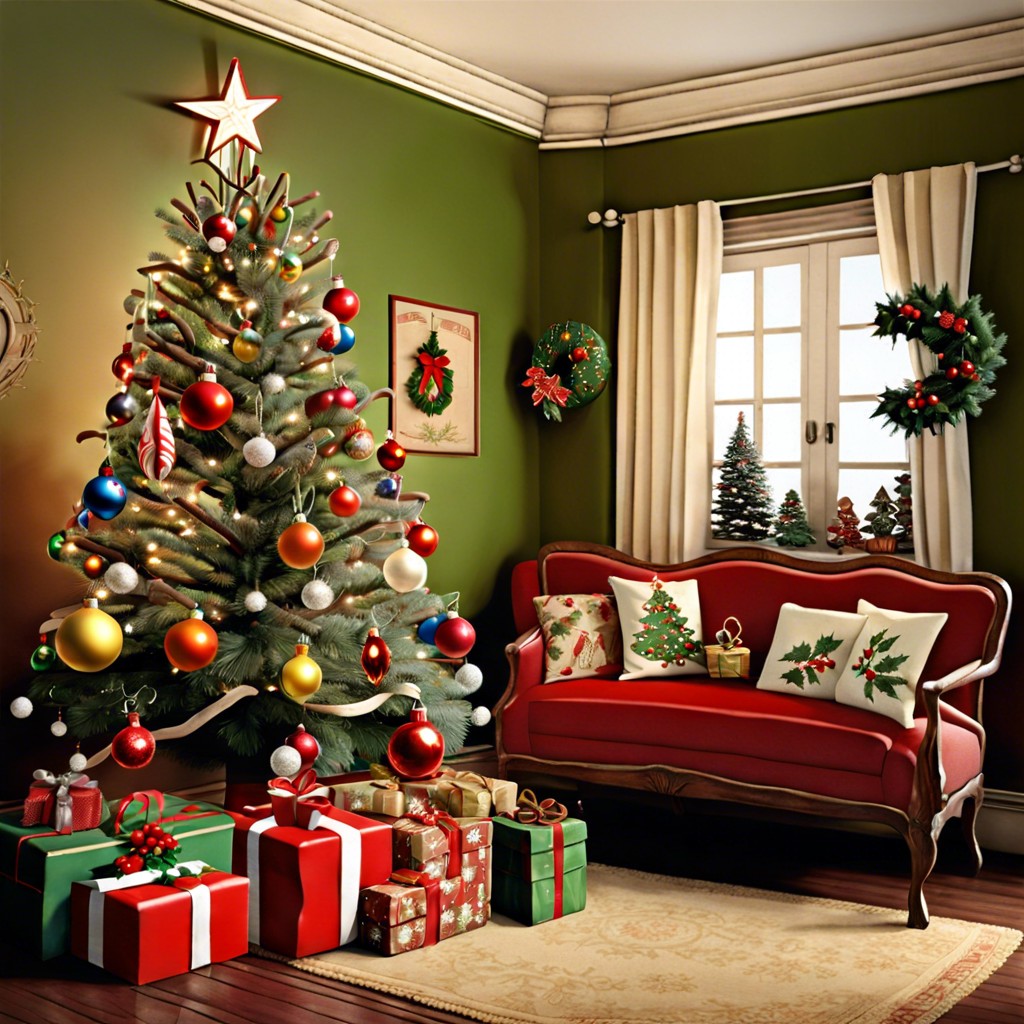
Between 1940 and 1967, several distinguishing features mark vintage Christmas decorations. During this period, ornaments often exhibited a classic, handcrafted look, as mass production was less prevalent than in later years. Glass ornaments from this era tend to be heavier and more robust than contemporary counterparts. They often display traditional Christmas symbols such as stars, bells, and figures of Santa Claus—usually characterized by a European style of design, reflective of the Old World influences.
Other features include bottle brush trees made of dyed sisal, with wooden or metal bases that date back to the 1940s. By the 1950s and 1960s, Shiny Brite, an American company, introduced a highly collectible range of glass ornaments, decorated with stripes, frosting, and indented reflectors, recognized for their iconic cardboard caps with the company’s name.
A prevalent 1940s feature is the bubble light, an innovative decoration that combined a light bulb with a liquid-filled vial. The heat from the bulb would cause the liquid to bubble, providing a unique visual effect. From the 1950s onwards, aluminum Christmas trees were introduced, often accompanied by rotating color wheel lights, signifying the era’s fascination with modernity and the space age.
It is vital to examine the craftsmanship, materials, designs, and identifiable markings when determining the origin and authenticity of vintage Christmas decorations, alongside consulting collectors’ guides and reputable vintage dealers for verification and further insights.
Maintenance and Preservation of Vintage Christmas Items
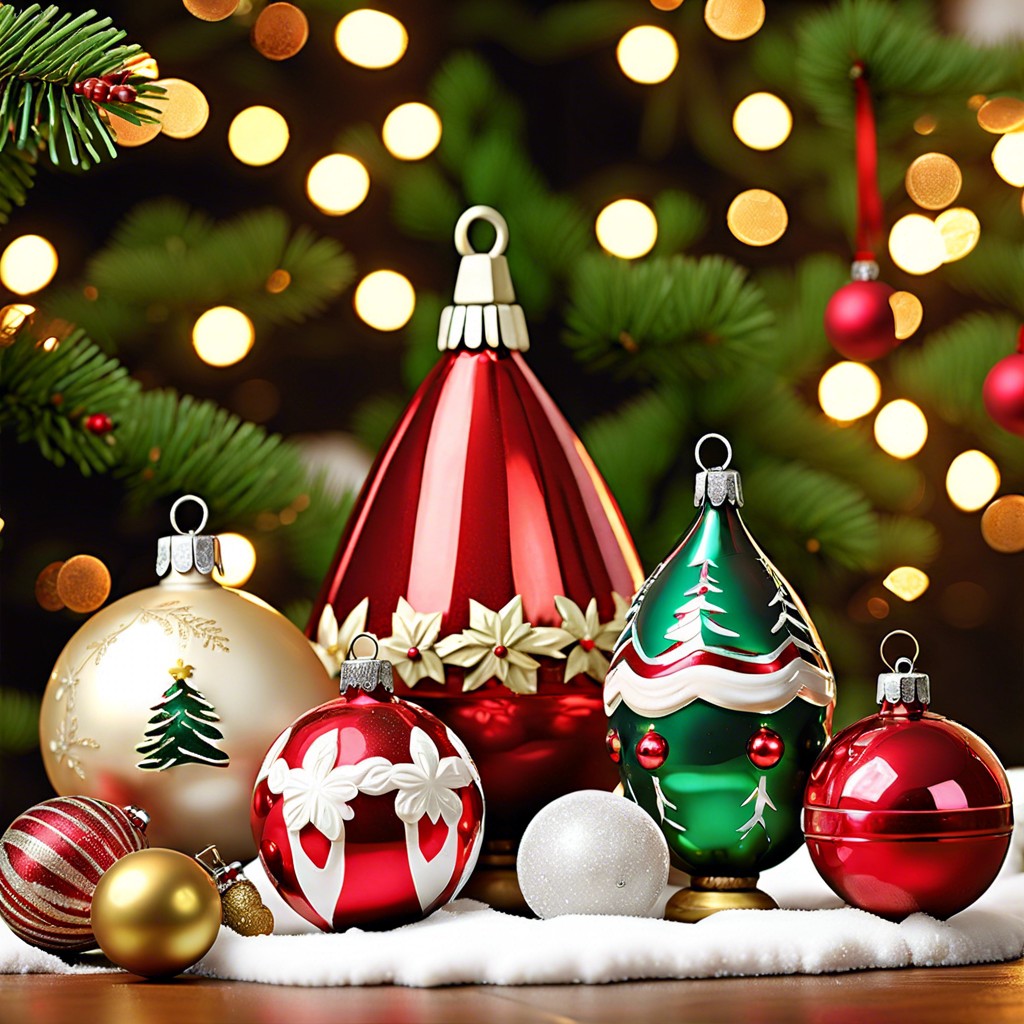
Proper care of vintage Christmas items is vital for their longevity. Store delicate ornaments in acid-free tissue paper to prevent color fading and material degradation.
Temperature-controlled environments help avoid damage from humidity and heat, particularly for items made from metal, paper, or textiles that are prone to rust, mold, or deterioration.
For mechanical or light-up decorations, remove batteries and bulbs before storage to prevent corrosion.
Regular, gentle cleaning—using a soft brush for dusting and a slightly damp cloth for stains—is recommended, while avoiding harsh chemicals that can strip away original finishes.
Handle items sparingly, as oils from skin can contribute to deterioration.
Documenting the condition of the items before and after each holiday season can alert you to any emerging issues, ensuring that these vintage treasures can continue to bring joy for years to come.
Pricing and Value Assessment of Vintage Christmas Ornaments
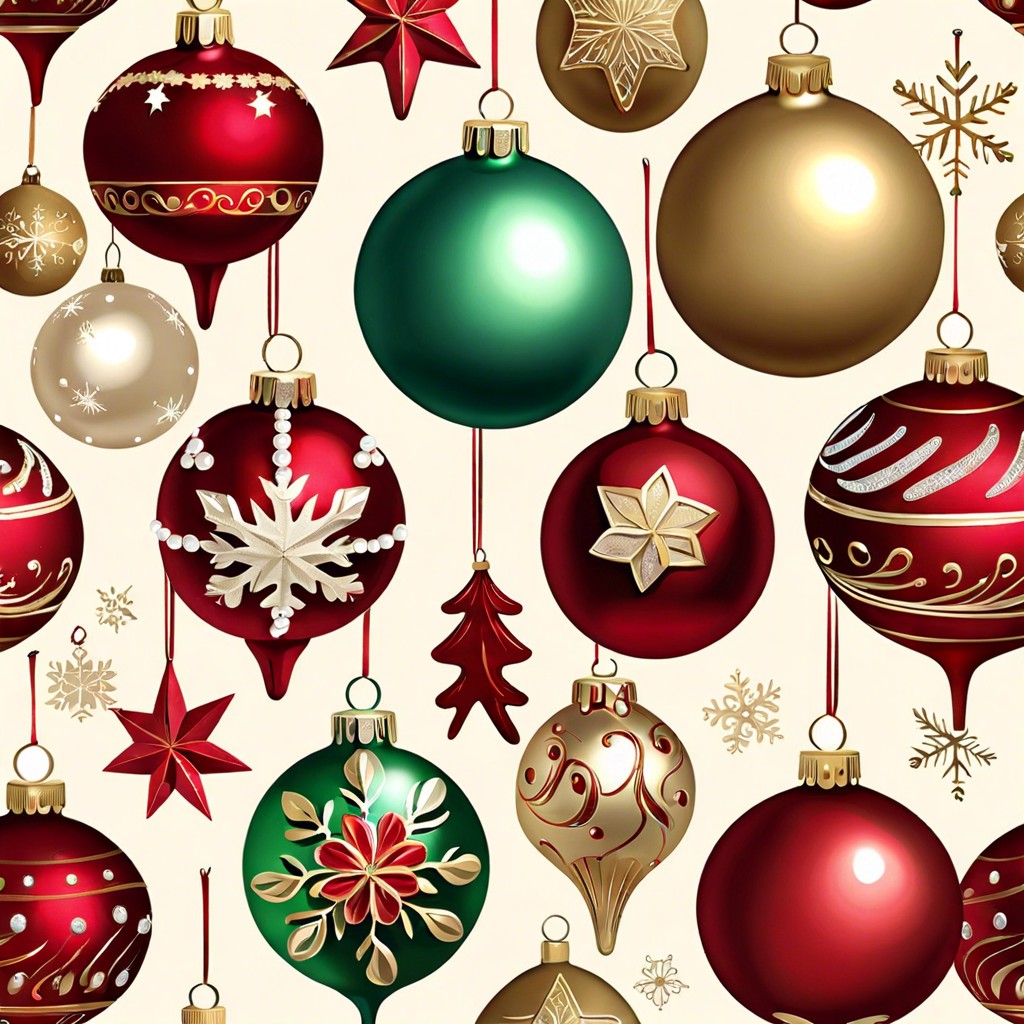
When assessing the value of vintage Christmas ornaments, consider several factors:
–Use these considerations as a starting point to appraise vintage Christmas ornaments, alongside consulting with experts or referencing recent auction results for comparable items.
Strategies for Finding and Collecting Vintage Christmas Decor
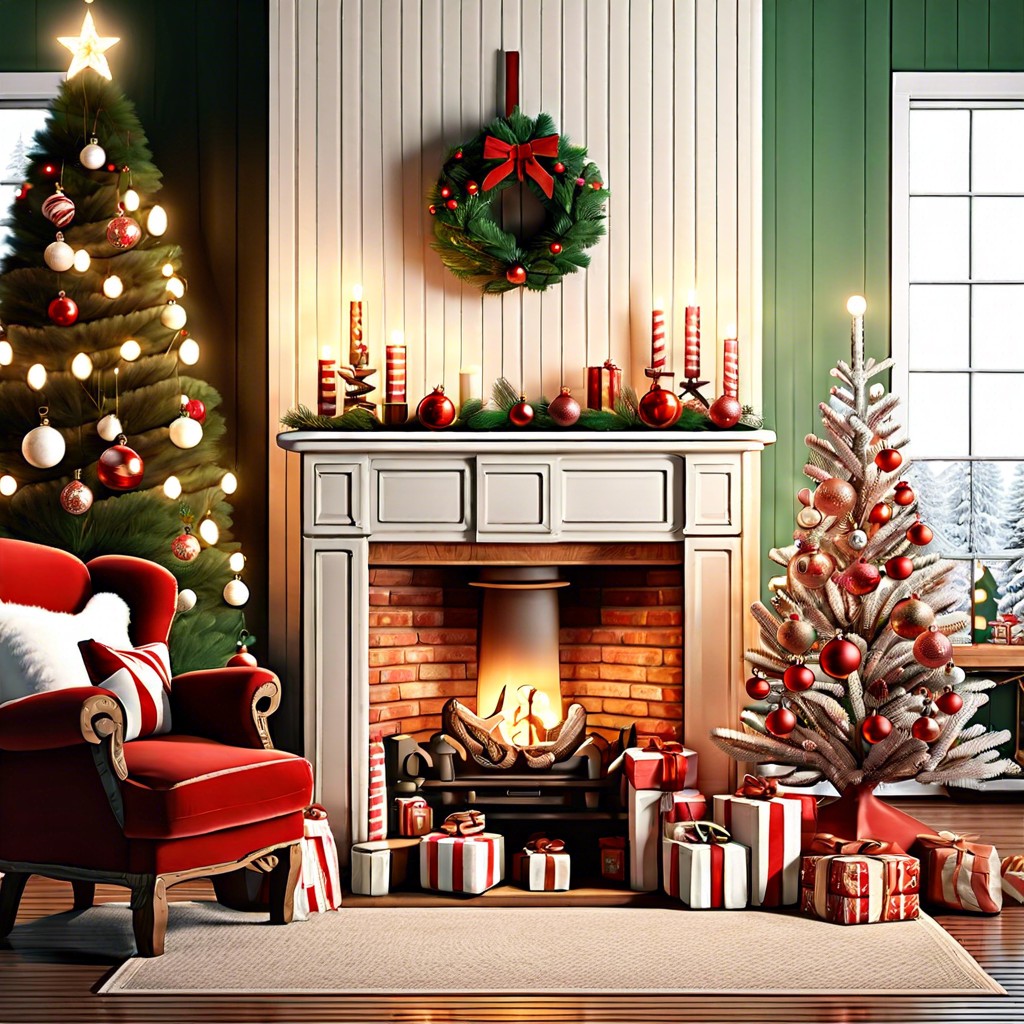
Attending estate sales and auctions can yield a treasure trove of vintage Christmas decorations, where one may find rare and unique items at competitive prices. It’s advisable to arrive early for the best selection.
Exploring thrift stores and antique shops regularly can also prove rewarding, as inventory frequently changes and one may stumble upon vintage Christmas items overlooked by others.
Joining online forums and social media groups dedicated to vintage collectibles creates avenues for networking with fellow enthusiasts who may offer leads or have items to sell.
Visiting flea markets and garage sales, particularly during off-season months, allows collectors to haggle and potentially acquire vintage decorations at lower prices.
Subscribing to online auction platforms and setting up alerts for specific vintage Christmas categories helps collectors stay informed of available items and market trends.
Condition is paramount; thus, always inspect items for signs of wear or damage before purchasing, as condition significantly affects value.
When collecting, focus on quality over quantity, choosing classic pieces that showcase the craftsmanship and style of the era.

